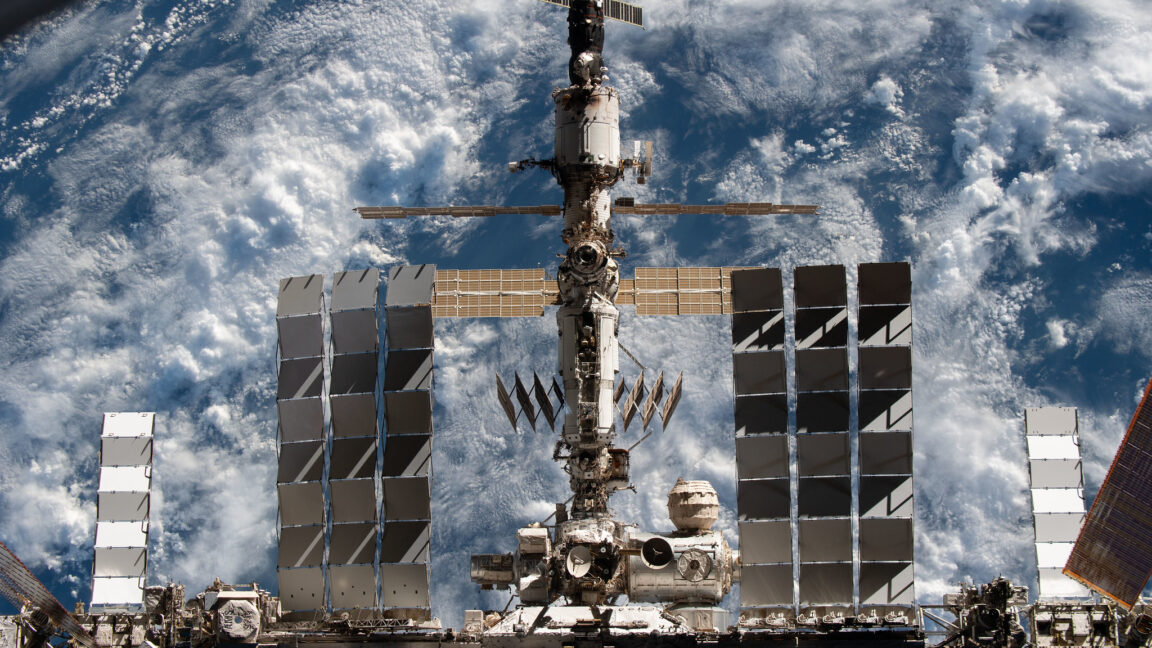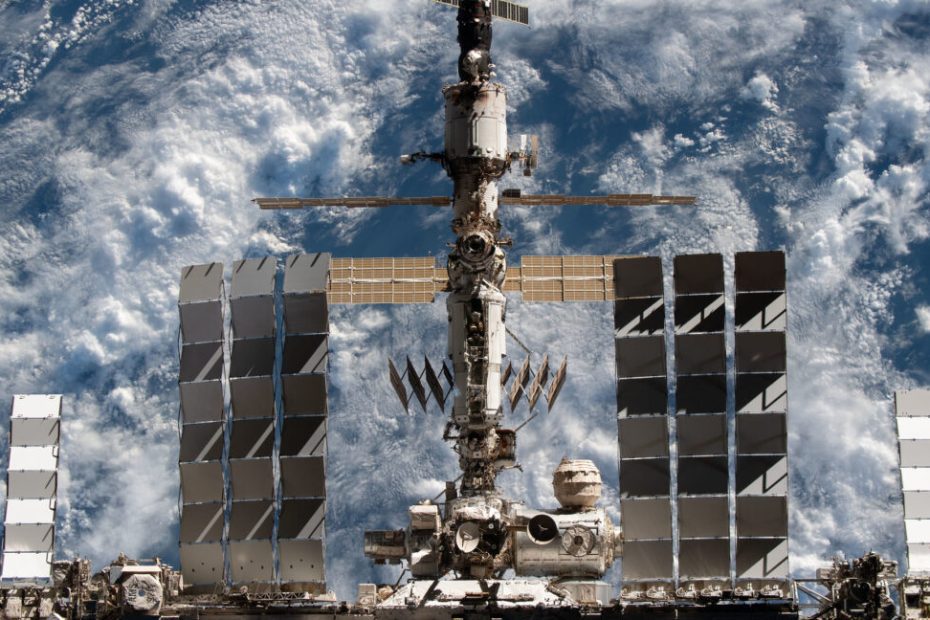
“The station is not young,” said Michael Barratt, a NASA astronaut who returned from the space station last month. “It's been there for a while and you expect some wear and tear, and we're seeing that.”
“The Russians believe that continued operations are safe, but they cannot prove to our satisfaction that this is so,” said Cabana, who served as NASA's senior official until his retirement in 2023. “And the US believes it is not safe. , but we cannot prove to Russian satisfaction that that is the case.
“So while the Russian team continues to look for and plug the leaks, it does not believe that a catastrophic disintegration of the PrK is realistic,” Cabana said. “And NASA has raised concerns about the structural integrity of the PrK and the possibility of a catastrophic failure.”
Permanently closing the PrK hatch would eliminate the use of any of the space station's four Russian docking ports.
NASA has chartered a team of independent experts to assess the cracks and leaks and help determine the cause, Cabana said. “This is an engineering problem, and good engineers should be able to agree on it.”
As a precaution, Barratt said space station crews are also closing the hatch that separates the U.S. and Russian parts of the space station when cosmonauts are working in the PrK.
“The way it's affected us in particular is that when they go in and open that up to unload a freight vehicle that's attached to it, they've also taken the time to inspect and try to repair when they can Barratt said. “We took a very conservative approach for those periods to close the hatch between the American and Russian sides.
“It's not a comfortable thing, but it's the best agreement between all the smart people on both sides, and it's something we as a crew live with and adapt to.”

